Diplomatic correspondent
President Donald Trump’s suggestion the US could “take over” and “own” Gaza, resettling its population in the process, has been met with shock and condemnation.
The comments come as a ceasefire is under way between Hamas and Israel, and amid questions about Gaza’s post-conflict future.
The UN estimates around two thirds of buildings there have been destroyed or damaged after 15 months of fighting.
Trump’s vague proposal could signal the largest shift in US policy on the Middle East in decades, upending widespread international consensus on the need for a Palestinian state – comprised of Gaza and the occupied West Bank – to exist alongside Israel.
Israeli Prime Minister Benjamin Netanyahu said the idea was “worth paying attention to” but it has been roundly rejected by Arab nations and some US allies.
Why did Donald Trump say this now?
If Donald Trump is right about one thing, it is that decades of US diplomacy on Israel and the Palestinians have failed to resolve the conflict.
Peace proposals and presidents have come and gone but the problems have festered. Hamas’s attack on Israel on 7 October 2023 and the war in Gaza it triggered were the hideous results.
Trump made his millions as a property developer and, with that hat on, made a perfectly valid observation: if Gaza is to be rebuilt, from scratch in some places, it makes little sense for hundreds of thousands of civilians to be sheltering in the rubble.
The task of rebuilding Gaza will be monumental. Unexploded munitions and mountains of debris have to be removed. Water and power lines have to be repaired. Schools, hospitals and shops need to be rebuilt.
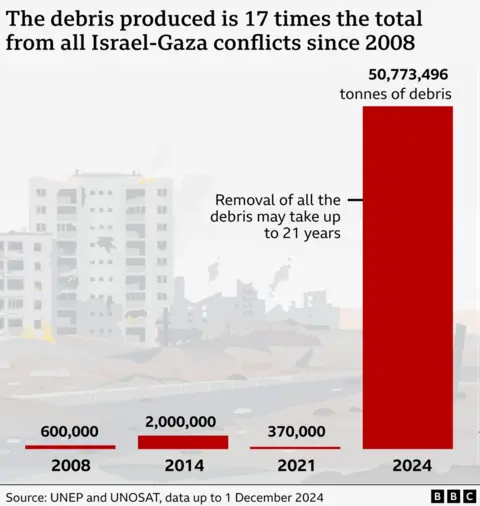
Trump’s Middle East envoy Steve Witkoff has said that could take years – and while that goes on, the Palestinians will need to go somewhere.
However, rather than exploring ways of keeping them close to home, almost certainly in camps in the central and southern parts of the Gaza Strip, Trump says they should be encouraged to leave – permanently.
Trump believes that in their absence, an idyllic, American-owned “Riviera of the Middle East” will rise from the ashes, providing thousands of jobs, opportunities for investment and, ultimately, a place for “the world’s people to live”.
Why are Trump’s comments so controversial?
Where to begin?
Even for a president who spent much of his first term upending US Middle East policy – including moving the US embassy from Tel Aviv to Jerusalem and recognising Israeli sovereignty over the occupied Golan Heights – this was an astonishing proposal.
In their wildest imaginations, no US president ever thought that solving the Israel-Palestinian conflict would involve taking over a chunk of Palestinian territory and evicting its population.
To be clear, to do this by force would be a grave violation of international law.
Some Palestinians would likely choose to leave Gaza and rebuild their lives elsewhere. Since October 2023, as many as 150,000 already have.
But others cannot or will not, either because they lack the financial means to do so or because their attachment to Gaza – part of the land they call Palestine – is simply too strong.
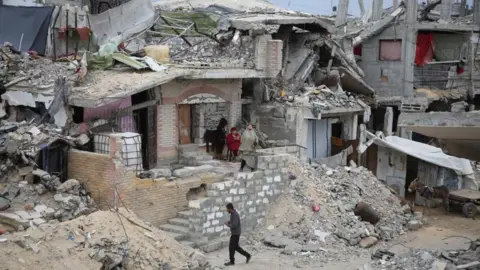 Reuters
ReutersMany Gazans are ancestors of people who fled or were driven from their homes in 1948 during the creation of the state of Israel – a period Palestinians call the Nakba, the Arabic word for catastrophe.
The thought of another will be too painful for many and they will cling to their reduced lives in what remains of Gaza with a fierce determination.
For Palestinians who dream of a state of their own, alongside Israel, the loss of part of it will feel like an amputation.
Gaza has been physically separated from the West Bank since 1948. Previous rounds of negotiations, as well as Trump’s 2020 “Vision for Peace”, included plans for tunnels or railways that might link the two.
Now Trump is basically telling the Palestinians to give up on Gaza once and for all.
While he does not appear to be advocating the forced deportation of civilians – which is against international law – Trump is clearly encouraging Palestinians to leave.
Palestinian officials have already accused Israel of blocking the supply of tens of thousands of caravans which could help Gazans to stay put in less damaged parts of the territory while reconstruction takes place elsewhere.
The Arab countries who Trump says should accept as many as 1.8 million Gazan refugees, mainly Egypt and Jordan, have expressed outrage.
Both have enough problems of their own without this added burden.
What is the current status of Gaza?
Gaza was occupied by Egypt for 19 years before it was seized by Israel in the 1967 Six Day War.
It is still considered occupied by Israel under international law, which Israel disputes. It says the occupation ended in 2005, when it unilaterally dismantled Jewish settlements and pulled out its military.
Around three quarters of UN members recognise Gaza as part of a sovereign state of Palestine, though the US does not.
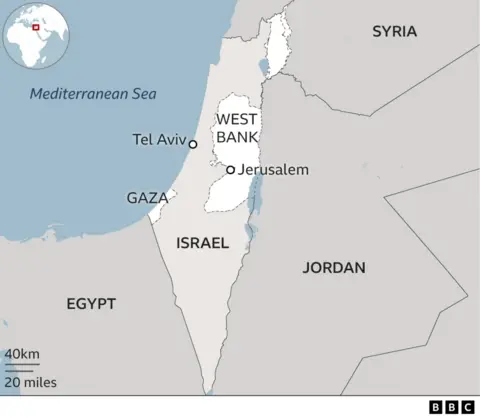
Cut off from the outside world by fences and an Israeli maritime blockade, it has never felt like a truly independent place.
Nothing and no one moves in or out without Israel’s permission, and an international airport – opened amid much fanfare in 1998 – was destroyed by Israel in 2001 during the second Palestinian uprising.
Israel and Egypt imposed a blockade on Gaza, citing security reasons, after Hamas won Palestinian elections in 2006 and ejected its rivals from the territory after intense fighting the following year.
Long before the latest war, Palestinians had come to regard Gaza as an open prison.
Could Trump take over Gaza if he wants to?
It goes without saying that the US has no legal claim to the territory and it is not at all clear how Trump intends to impose American rule.
As with his bullish claims about US control over Greenland or the Panama Canal, it is not yet clear whether Trump really means it or if the comments represent an opening, outlandish bargaining position ahead of a bruising set of negotiations on Gaza’s future.
Various plans have been discussed for the post-war governance of Gaza.
In December, the two main Palestinian factions, Hamas and Fatah, agreed to form a joint committee to oversee its administration – an agreement which has so far come to nothing.
At other times, discussions have focused on the creation of an international peacekeeping force, possibly made up of troops from Arab countries.
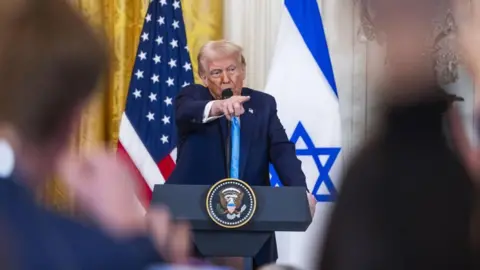 EPA
EPALast month, Reuters reported that the UAE, US and Israel had discussed the formation of a temporary administration in Gaza until a reformed Palestinian Authority (PA), which already has control in parts of the West Bank, was ready to take over.
However, Israeli Prime Minister Benjamin Netanyahu has previously publicly insisted that the PA will have no role to play in running post-war Gaza.
In a limited sense, American boots are already on the ground. A US security firm has employed around 100 former US special forces to man a vital checkpoint south of Gaza City and screen the vehicles of Palestinians returning to the north for weapons.
Egyptian security personnel have also been seen at the same checkpoint.
These could be the first, tentative signs of an expanded international – and possibly US-led – presence in Gaza.
But that is hardly a US takeover, something that would require a large-scale military intervention in the Middle East – the sort of thing Trump has long told voters he wants to avoid.
Could there be implications for the Israel-Hamas ceasefire?
Negotiations on phase two of the two-week-old ceasefire between Israel and Hamas have barely begun but it is hard to see how Trump’s bombshell remarks will help to advance them.
If Hamas feels the end product of this whole process is a depopulated Gaza – devoid not just of Hamas, but of all Palestinians – it may conclude there is nothing to talk about and hold on to the remaining hostages it took on 7 October 2023.
Netanyahu’s critics have accused him of looking for excuses to blow up the negotiations and resume the war. They are bound to conclude that, with these comments, Trump is a willing accomplice.
On the other hand, the Israeli prime minister’s right-wing backers have expressed satisfaction with the US takeover plan, potentially reducing the risk of cabinet resignations and making Netanyahu’s immediate political future appear more assured.
In that sense, Trump has given Netanyahu a powerful incentive to keep the ceasefire going.
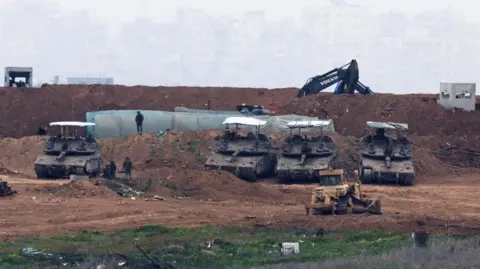 Reuters
ReutersWhat did Donald Trump say about the West Bank?
Asked whether he agreed the US should recognise Israeli sovereignty over the occupied West Bank, Trump said he had yet to take a position but that he would have an announcement to make in four weeks’ time.
That remark has caused alarm among Palestinians, for whom such an announcement would inevitably be seen as another nail in the coffin for a two-state solution.
Recognising the legitimacy of Israel’s settlements in the West Bank would be a hugely consequential move. Most of the rest of the world regards them as illegal under international law, although Israel disputes this.
During previous rounds of peace talks, negotiators recognised that Israel would get to hold onto large settlement blocs as part of a final agreement, probably in exchange for small chunks of Israeli territory.
In 2020, Trump brokered the Abraham Accords, which secured the historic normalisation of relations between Israel and two Arab nations, the United Arab Emirates (UAE) and Bahrain.
The UAE signed that agreement on the understanding Israel would not annex parts of the West Bank – an understanding which may now be in jeopardy.

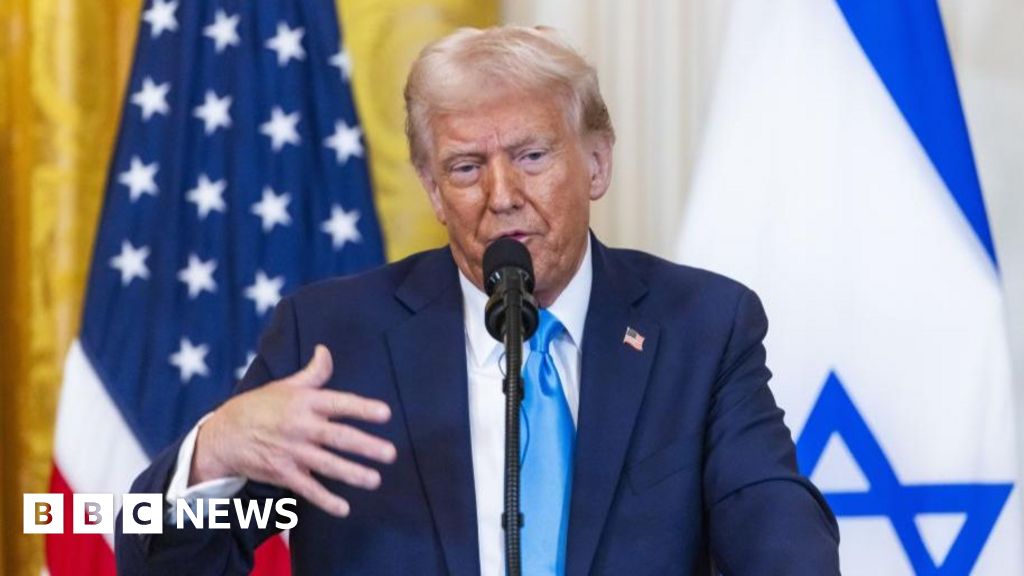


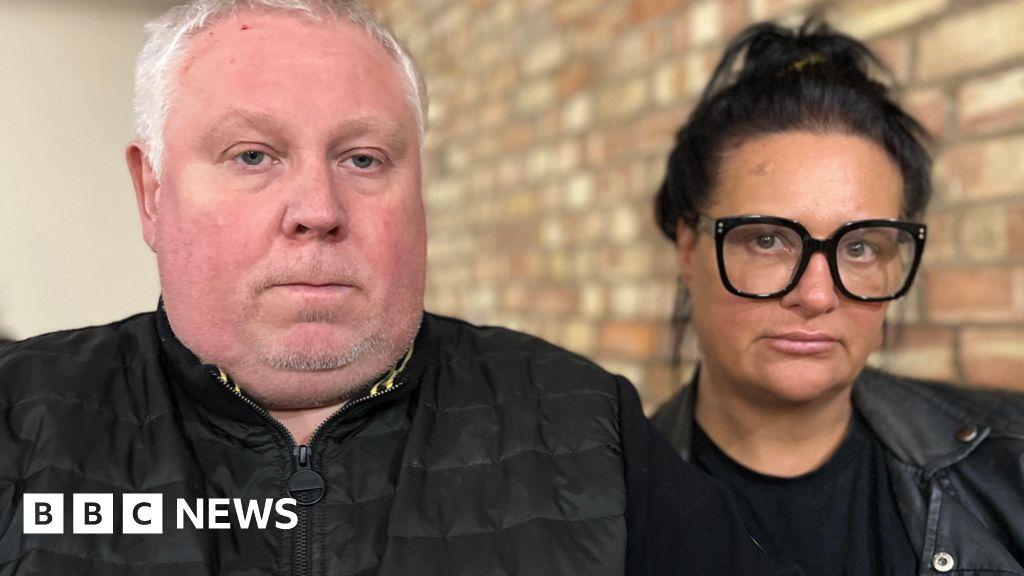
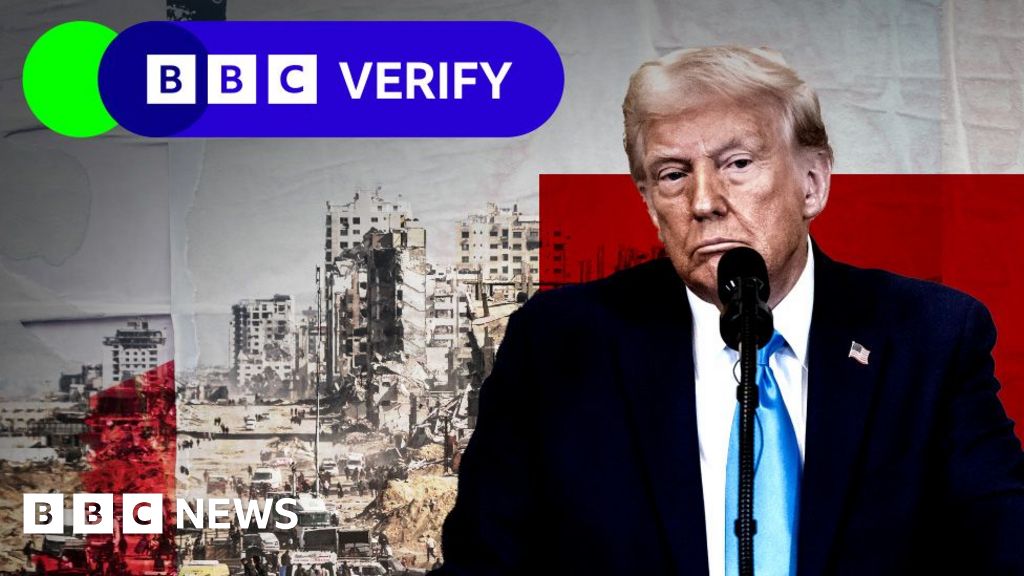

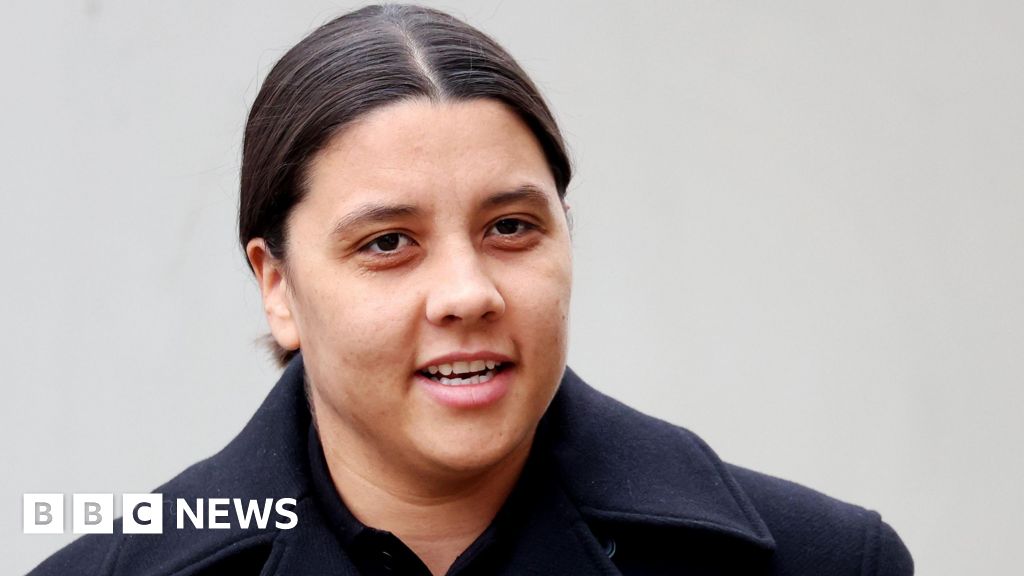
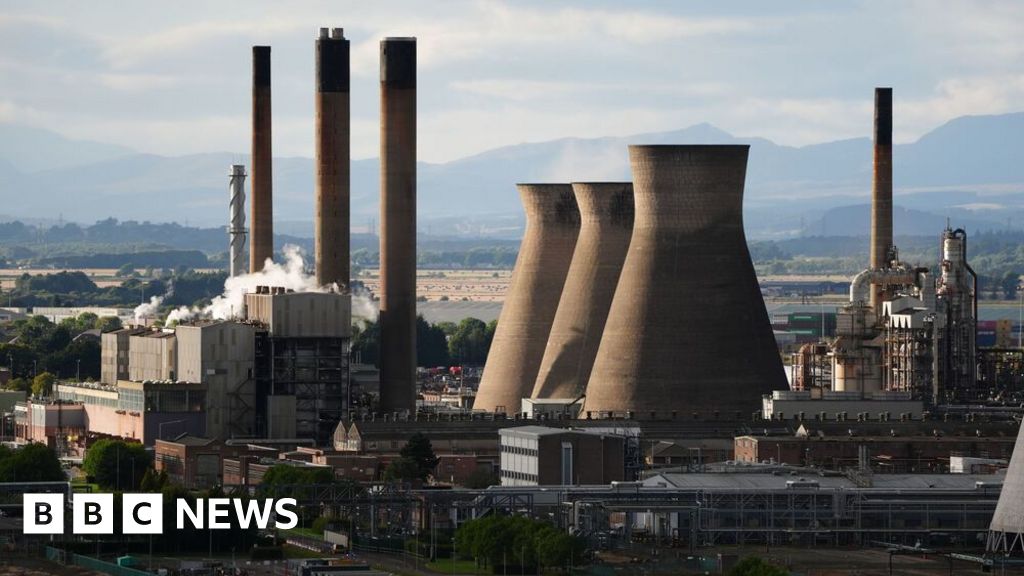

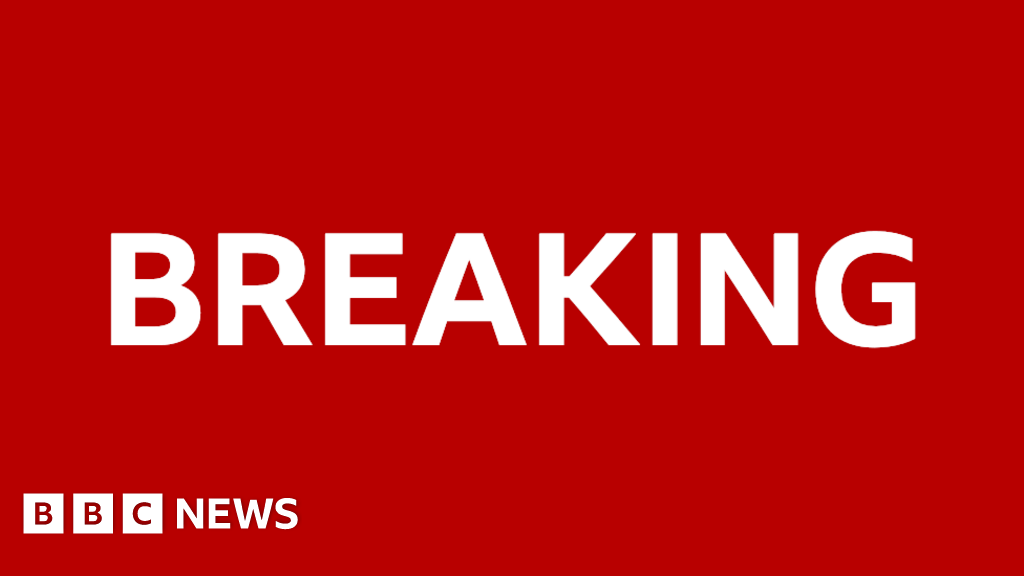
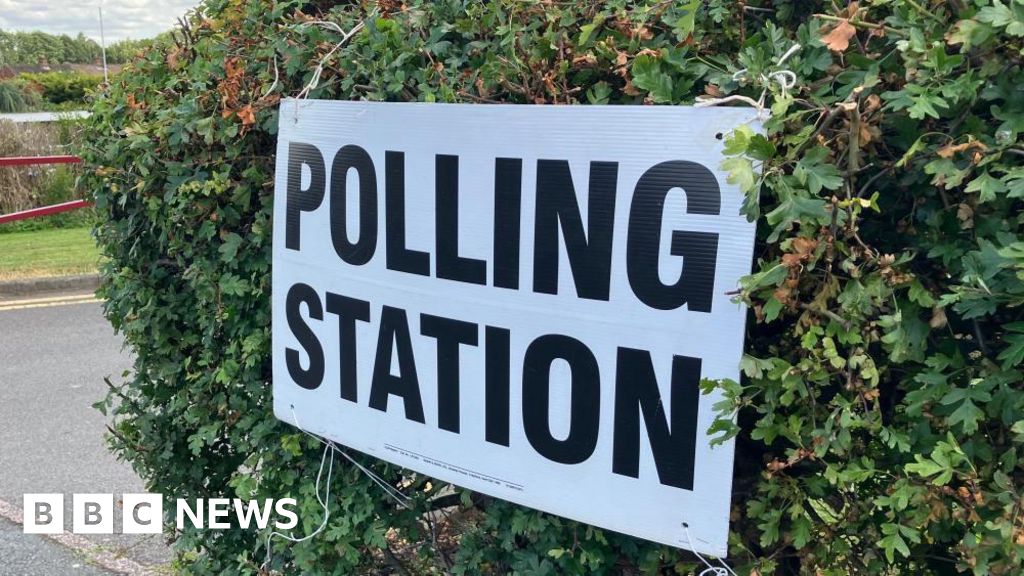
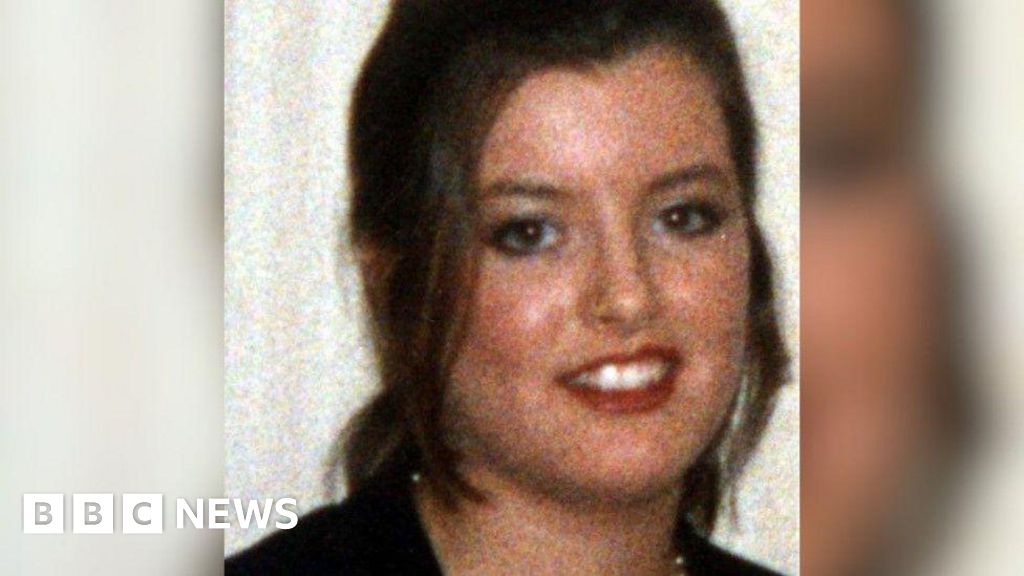




Leave a Reply